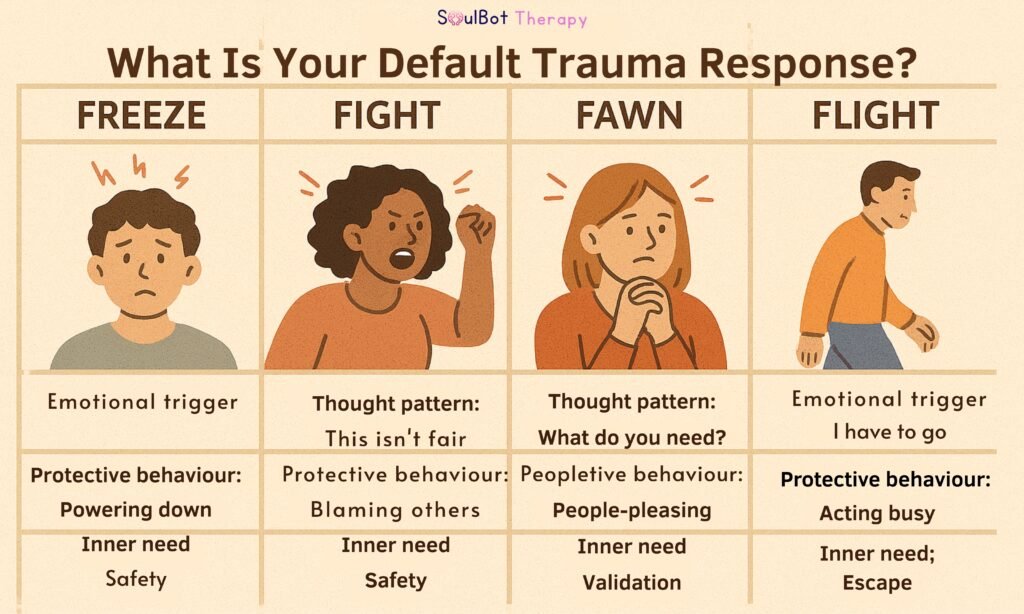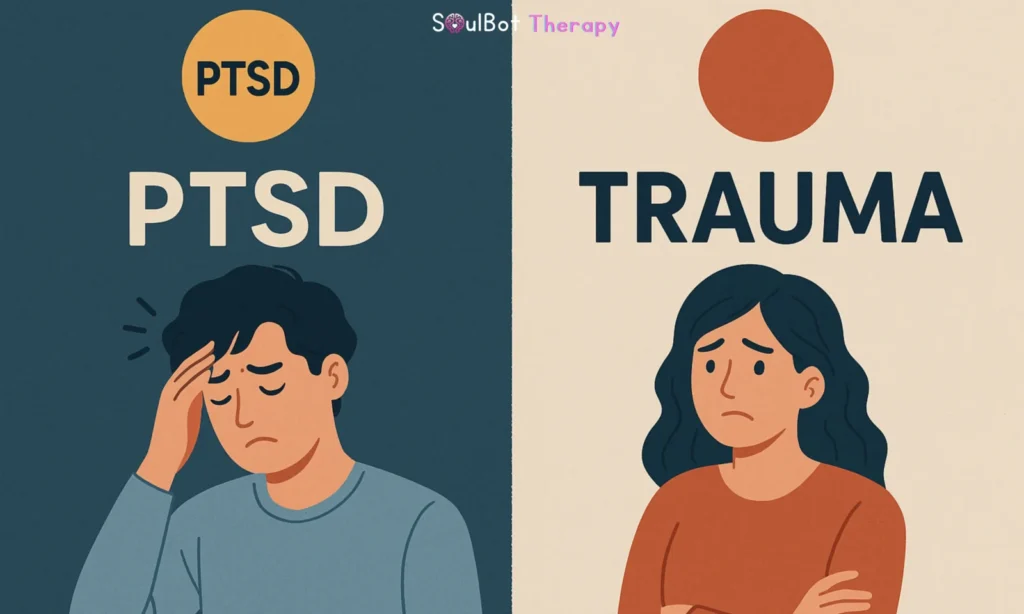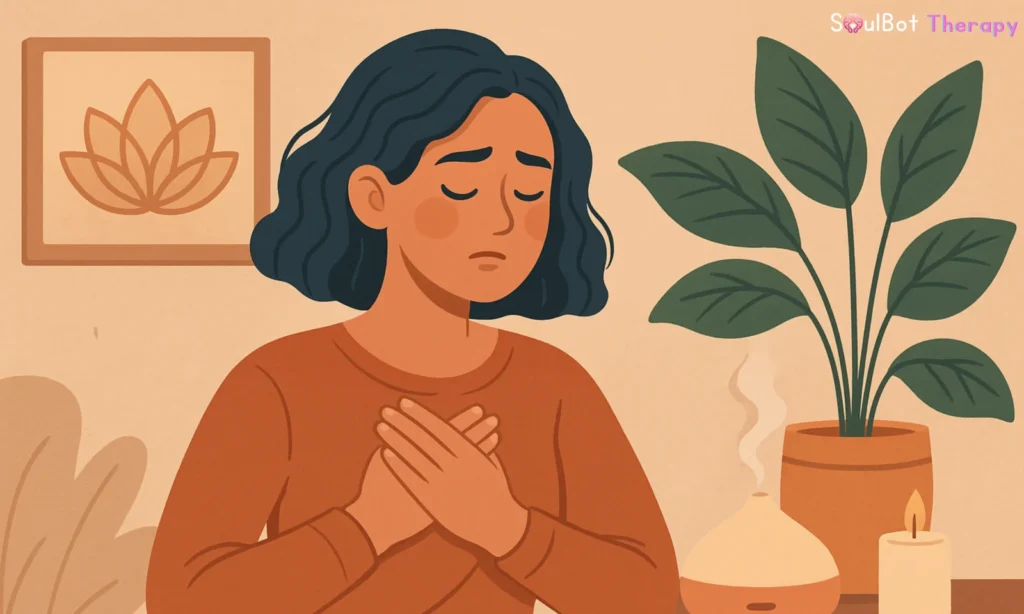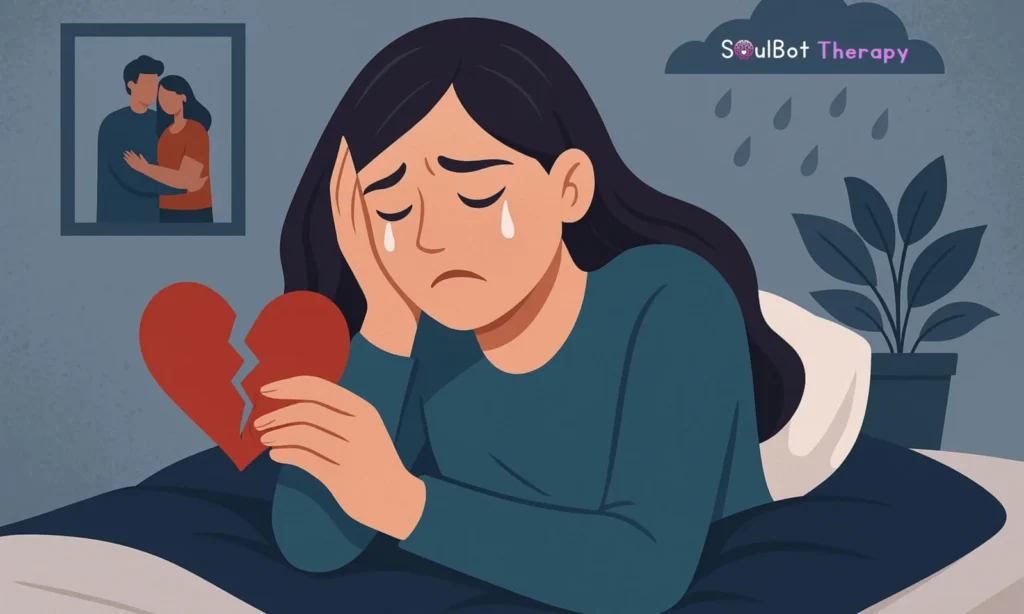Have you ever overreacted to a small trigger and later thought, “Why did I respond that way?”
You weren’t being dramatic — you were having a trauma response.
Our bodies and brains are wired to protect us when we feel unsafe. But sometimes, especially after repeated emotional pain, we start responding to everyday moments with survival instincts that don’t fit anymore.
This guide will help you understand the 4 trauma response types — Fight, Flight, Freeze, and Fawn — and how to recognize which one might be shaping your behaviors.
What Is a Trauma Response?
A trauma response is a behavioral and emotional reaction triggered by a perceived threat, rooted in unresolved past trauma. When your brain senses danger — emotional or physical — it activates your nervous system’s survival mode.
These reactions helped you survive at some point in life. The issue? Your nervous system often can’t tell the difference between then and now.
So even if you’re safe today, your trauma responses may still be active.
📊 Factual Insight: According to Psychology Today, trauma response types are learned survival strategies developed through repeated exposure to unsafe emotional or physical environments.
What Are the 4 Trauma Responses Types?
Here’s a question: Does the nervous system choose a trauma response? When your brain perceives danger, it quickly scans for the safest option.
It asks:
- Can I fight it?
- Can I run from it?
- Should I play dead?
- Can I make this person like me?

Depending on your past experiences and attachment style, you may default to one trauma response over others. Many people shift between two or more.
Signs of Fight, Flight, Freeze, and Fawn Responses
🔥 Fight
- Quick to anger or criticize
- Needs to control situations
- Uses confrontation as protection
- May feel misunderstood or intense
🏃 Flight
- Always busy or can’t sit still
- Escapes into work, chores, scrolling
- Avoids emotional conversations
- Anxiety-driven “go mode”
❄️ freeze
- Feels emotionally numb or zoned out
- Struggles to make decisions
- Stuck in overthinking
- Disconnected from the body or surroundings
🙏 Fawn
- Over-agrees to avoid conflict
- Prioritizes others’ needs, ignores own
- Feels guilty for saying “no”
- Confuses peacekeeping with safety
Identifying these trauma responses is the first step toward healing them.
You’re Not Broken — Your Brain Chose Survival First
Why Understanding Your Trauma Response Matters?
Unrecognized trauma responses affect:
- Your relationships
- Your boundaries
- Your beloved is safe and calm
Once you name your responsibility, you can begin to replace it with new, safer choices.
You’re not “overreacting” — you’re reacting the way your body learned to survive.
How to Begin Healing Trauma Response Behaviors?
✅Name It Without Shame
Say: “This is a trauma response, not who I am.”
✅Track Your Patterns
Notice what triggers you and what your body does.
✅Regulate Your Nervous System
Breathing, grounding, cold water, and movement.
✅Journaling with SoulBot
Use AI to reflect on recurring patterns safely.
✅Get Support
Whether it’s therapy or self-guided healing, you’re doing what you have to do for yourself.
How SoulBot Can Help You Identify and Shift Trauma Responses?
SoulBot, your AI trauma-support assistant, helps you:
- Track the” ly emotional patterns
- Reflect on trigger” ng moments
- Practice safe self-talk
- Identify whether you’re in Fight, Flight, freeze, or fawn
Healing starts with recognition, and sometimes, SoulBot is the first voice that understands.
You’re Not Too Reactive, You’re Adaptive. And You’re Not Alone
If your reactions feel too big, too fast, or too confusing… it might just be your trauma response trying to keep you safe.
But you’re saying you’re. You’re to pause, others, and respond to others’— not just survive.
👉 Talk to SoulBot – Your AI Trauma Healing Companion








